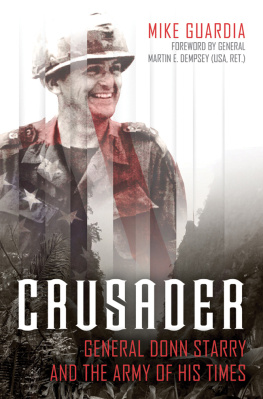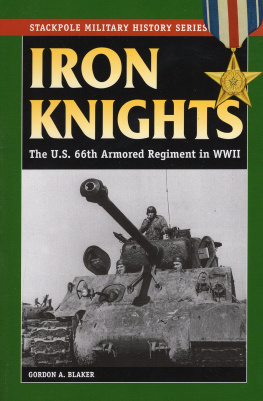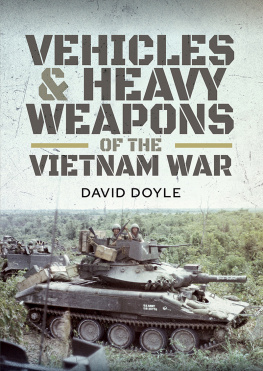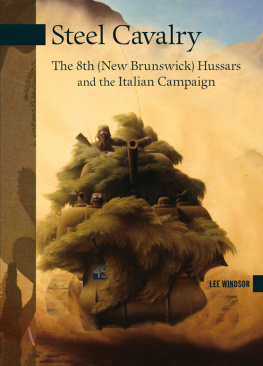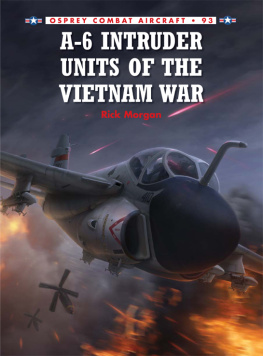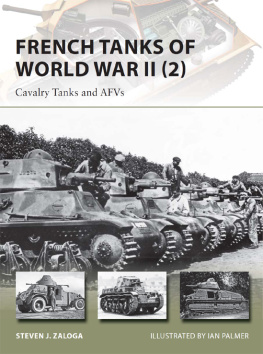Foreword
When men and women from across America become members of our armed forces and take an oath to protect and defend our constitution, with their lives should that be necessary, there is an implied and sacred trust that we will be there for them when they come home and that we will be there for the families of our fallen. In fulfillment of that trust, as a nation and as individual Americans, we cannot say or do too much to honor and respect those who serve and especially those who in President Abraham Lincolns immortal words gave the last full measure of devotion and their families who endure the pain of their loss forever.
That trust was fractured during and after the war in Vietnam. Since that time and more recently with the 50-year commemoration of Vietnam service, our national leadership and our people have made large strides to honor those veterans and families and to rebuild that trust incurred so long ago.
If we want to know why that trust is so special and sacred, then we should read histories of what our fellow citizens endured and accomplished. They answered our nations call, went and did what was asked of them with skill, fierce devotion to one another, extraordinary courage, intense teamwork, and sacrifice. They won battlefield victories equal to any generation in our nations history. Such performance of duty was characteristic of our Vietnam generation who my friend, historian Dr. Lewis (Bob) Sorley, calls a generation that is also great.
I was privileged to be one of the over 25,000 of my fellow Americans to serve in Vietnam with the 11th Armored Cavalry Regiment. There have been many accounts written of this distinguished Regiment in Vietnam, distinguished by honors earned by the selfless devotion and skill of those in the ranks in the fierce crucible that is armored land combatand particularly armored land combat in the close terrain of Southeast Asia. Now is a need for a definitive history.
The best military histories tell those individual stories of that skill, intrepid courage, and devotion to each other of the cavalry troopers and their small unit commissioned and noncommissioned officer leadership. They also set those actions in the broader tactical, operational, military and political strategic contexts, in a factual way, devoid of the usual and tiresome points of view of those who were neither there, nor barely knew anyone who fought there.
Don Snedeker has written such a definitive history of this distinguished 11th Armored Cavalry Regiment in this splendid book, The Blackhorse in Vietnam.
Any combat veteran of any war will tell you battles and engagements in that tough crucible of land combat are won on the ground by the skill, teamwork, toughness, leadership and sacrifice of those in the small combat unitsthe squads, platoons, companies, and troops engaged in direct fire fight with the enemy. Those victories are enabled by those giving supporting fire from the air, indirect fires from mortars and artillery, as well as the efforts of those supplying them and providing them lifesaving medical care, often at the risk of their own lives. Their senior commanders, in our case in the squadrons and the Regiment, orchestrate all that so the entire formation is a coordinated all-arms team or, as World War II General George Patton Jr. would call them, Musicians of Mars. The generals in higher command make sure that the heroism and sacrifice of those they ordered into those direct contacts with the enemy, and who gain those victories in that crucible, lead to victory on the battlefield and ultimately at the political level to seal those victories. Those who do that tough fighting, those wounded, and the fallen and their families, trust the senior military and political leadership will make that happen.
In Vietnam in the 11th Armored Cavalry Regiment, the famous Blackhorse, those battle victories were won again and again, from the first actions after the regiment arrived in 1966 to the Regiments rapid movement and actions in Tet 1968 to Michelin Plantation battles to Montana Raider to the invasion of Cambodia to the last in 1972. In this uniquely organized all-arms cavalry Regiment they were won by the tightly knit combat family in those small units and the supporting team of arms and leaders right to regimental commanders and regimental sergeant majors. I was honored to serve in the ranks of the Second Squadron of the Blackhorse, commanded by Lieutenant Colonel Grail Brookshire, as great a combat leader as I have ever known, and was personal witness to all that in the time I served in 19691970, under the great regimental command of Colonel Jimmie Leach and Colonel Donn Starry.
Twenty-one years later during Desert Storm in 1991, I was privileged to command VII Corps, 146,000 US and British soldiers, in our 89-hour mounted all-arms armored attack, in the largest tank battle in US Army history that, as part of the multinational coalition, liberated Kuwait. Many of our senior commanders and noncommissioned officers were Blackhorse Vietnam veterans. The lineage of that 1991 battlefield victory runs directly to Vietnam, and to my and their service many years before. There was not a day that I did not remember and think about those I was honored to serve with in the Blackhorse in Vietnam. Those were inspiring and motivating memories, and there were lessons learned about fighting combined arms battles and engagements: about finding the enemy then hitting them with a closed fist of synchronized and all available overwhelming combat power; then about making sure this conflict turned out differently for those soldiers who fought, those who lost their lives or were seriously wounded, and their families than did our earlier experience so many years before.
Some years later I was honored, indeed humbled, to offer a few remarks at the reunion of the 11th Armored Cavalry Veterans of Vietnam and Cambodia, founded and run by those who achieved those small unit victories in the Blackhorse from 19661972 and so precisely recorded by that organizations historian Don Snedeker in this book. That organization contacted almost everyone who had served in our valorous Regiment and many were there. I offer parts of those remarks in tribute and honor of those who served in our Regiment in Vietnam, especially the 730 who gave the last full measure of devotion, and their families who still cherish the memory of their loved ones lives and sacrifices.
There was not a day in Desert Storm commanding VII Corps that I did not remember Vietnam and the Blackhorse. It was a powerful force. I remembered those lessons of combat to be sure. Many I learned right there in the second squadron. But I remembered more than that. I remembered the names and the faces. I remembered the sacrifice and the pain. I remembered the pride and the intense teamwork. I remembered the tight combat family of the cavalry in the Blackhorse. I remembered Valley Forge Army Hospital and my fellow amputees there. I remembered a generation who went and did what our country asked. Who did their duty and did it with such skill and courage, and at such sacrifice. Who got no thanks. No parades. No days of remembrance. We remembered. The Blackhorse patch earned in combat was on my right shoulder (underneath my chemical overgarment) as it was for my VII Corps chief of staff, three brigade commanders, countless platoon sergeants, and sergeants major. My Corps Command Sergeant Major and I had served together in the Blackhorse in the early 1960s. That memory was a constant force. It was a hot blue flame for me. Find the bastards and pile on, Regimental Commander Colonel George Patton said in Vietnam. We found Saddam Husseins Iraqi Republican Guards who chose to defend. We piled on with five armored divisions day and night, and our soldiers as part of the global coalition won a great victory and liberated Kuwait.



